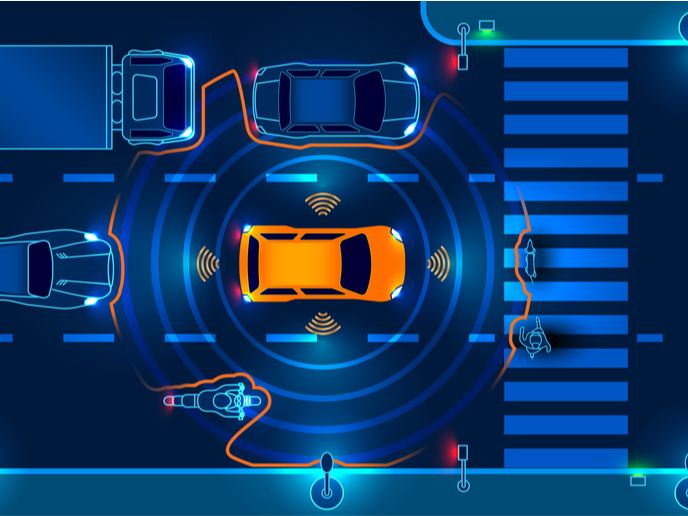How to tackle the complexity and safety of automated driving
Ultimately aimed at fully autonomous driving, the automation of vehicles is gaining traction thanks to its promise to improve road safety and mobility, and reduce traffic congestion, greenhouse gas emissions and air pollutants. A growing number of researchers and companies are already testing self-driving technologies with a focus on efficiency and safety. Simulation platforms have proved beneficial for testing automated driving tools before incorporating them into real vehicles. Partially supported by the EU-funded PRYSTINE and AutoDrive projects, two researchers from Stockholm’s KTH Royal Institute of Technology have developed a co-simulation platform that can be used to evaluate design decisions and refine functional safety requirements for automated driving based on a reusable scenario database. Named AD-EYE, the platform was introduced in an SAE technical paper(opens in new window) published on ‘arXiv’. “This paper aims to incorporate the use of simulation-based testing for the purposes of early stage requirement generation and refinement, using a common validation strategy to assist disparate development groups in working together.” The research was summarised in a news article(opens in new window) on ‘TechXplore’. “The core of the problem that AD-EYE solves relates to the complexity of automated driving and the near infinite possibilities in design,” says Naveen Mohan, one of the researchers who conducted the study. The same news item notes that for architects, the complexity of automated driving as a computational task “involves figuring out how many sensors should be used, what type of sensors are ideal, and the field of view that each of these sensors should have for a given operational design domain.” It adds: “Safety engineers, on the other hand, need to determine what scenarios should be considered within this operational design domain, answering questions such as the likelihood that an animal will cross the road, or that a child will jump in front of the vehicle in a traffic jam. Finally, technical experts need to identify planning algorithms that are most effective for each scenario.” Architects and safety engineers can use the AD-EYE platform. “At an early stage of development, it can assist architects in making technical decisions that are both feasible and effective, while also allowing safety engineers to create simulation data that can be incorporated in their risk assessments.”
Road tests
The effectiveness and flexibility of the platform has been demonstrated in several student projects and through industry collaborations, as noted in the ‘TechXplore’ news item. Martin Törngren, the other researcher involved with AD-EYE, says: “We have started the process with the road transport authorities in Sweden and are on our way to becoming the first university licensed team to take part in public road trials in Sweden. This is our immediate next step.” The PRYSTINE (Programmable Systems for Intelligence in Automobiles) project is scheduled to end in April 2021. The project website(opens in new window) states that it “will realize Fail-operational Urban Surround perceptION (FUSION) which is based on robust Radar and LiDAR sensor fusion and control functions in order to enable safe automated driving in urban and rural environments.” The AutoDrive (Advancing fail-aware, fail-safe, and fail-operational electronic components, systems, and architectures for fully automated driving to make future mobility safer, affordable, and end-user acceptable.) project’s ultimate goal is to contribute to safer and more efficient mobility. For more information, please see: PRYSTINE project website(opens in new window) AutoDrive project website(opens in new window)
Countries
Germany



